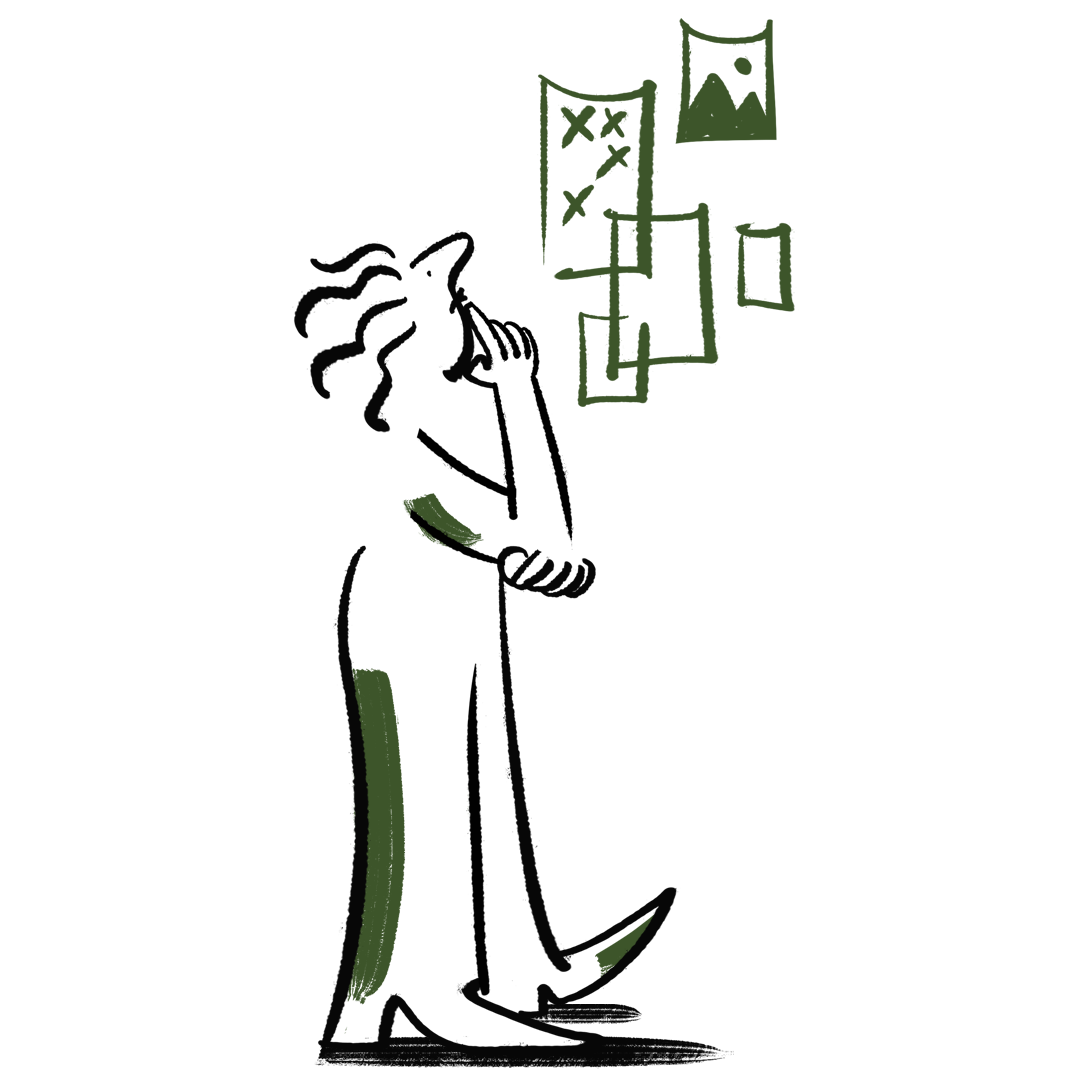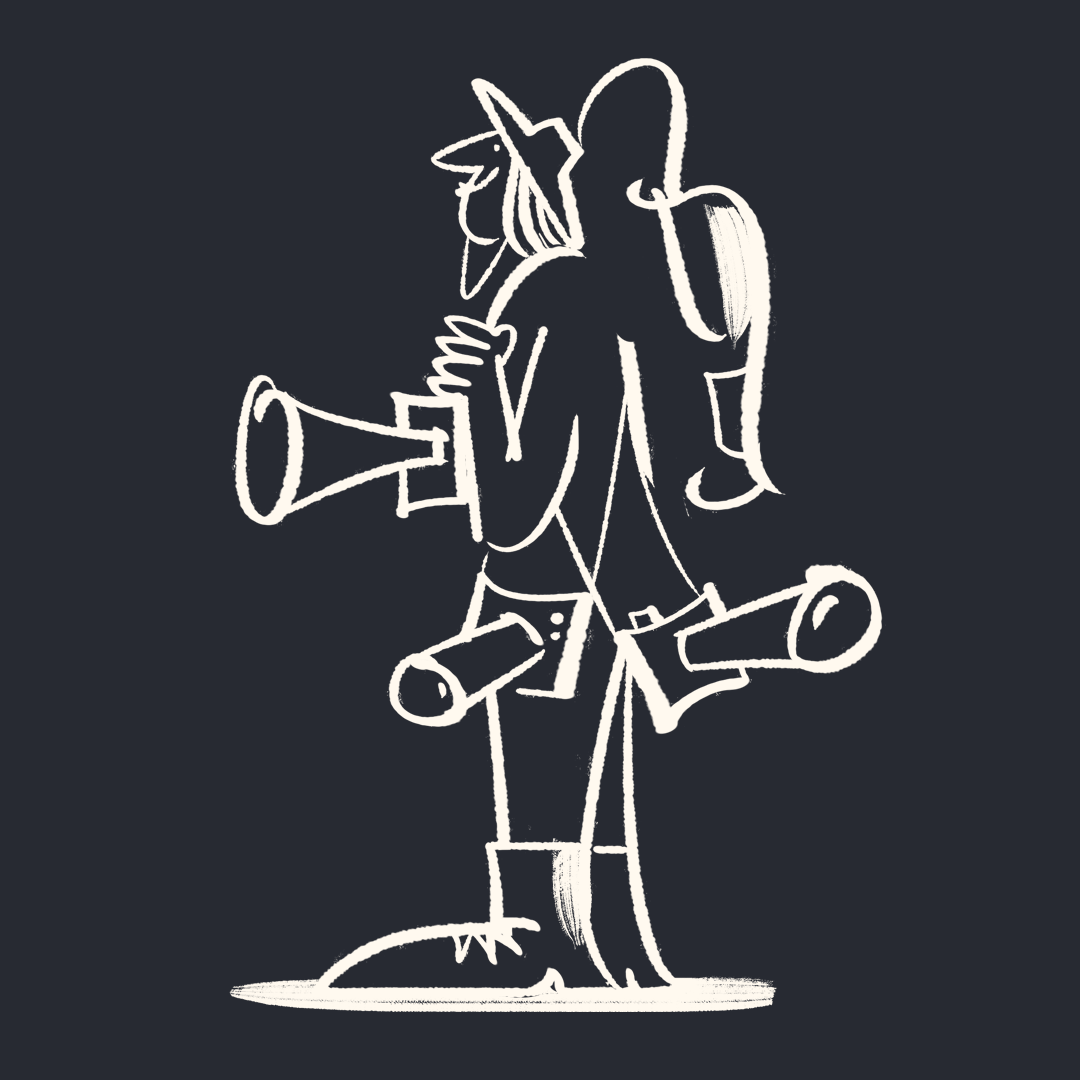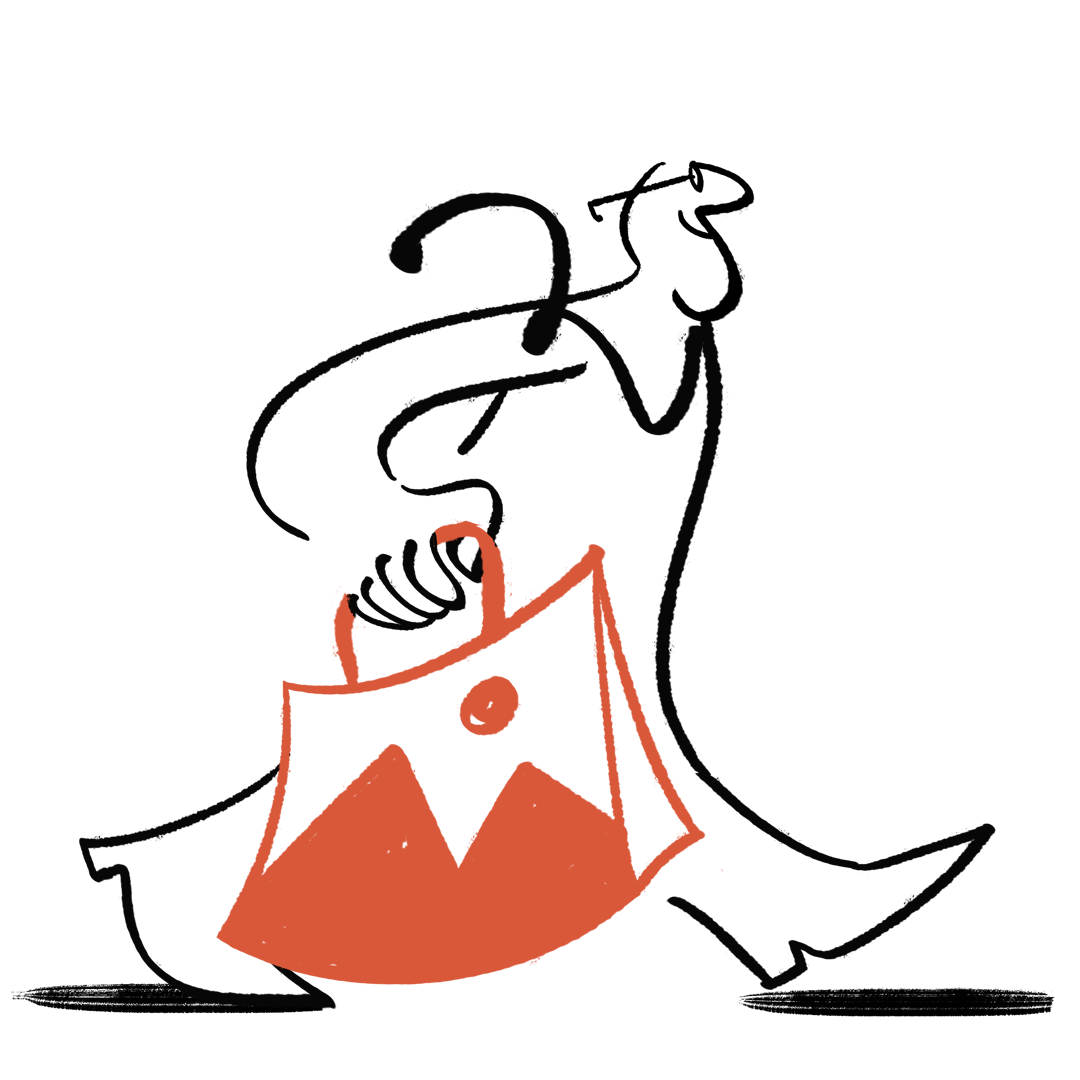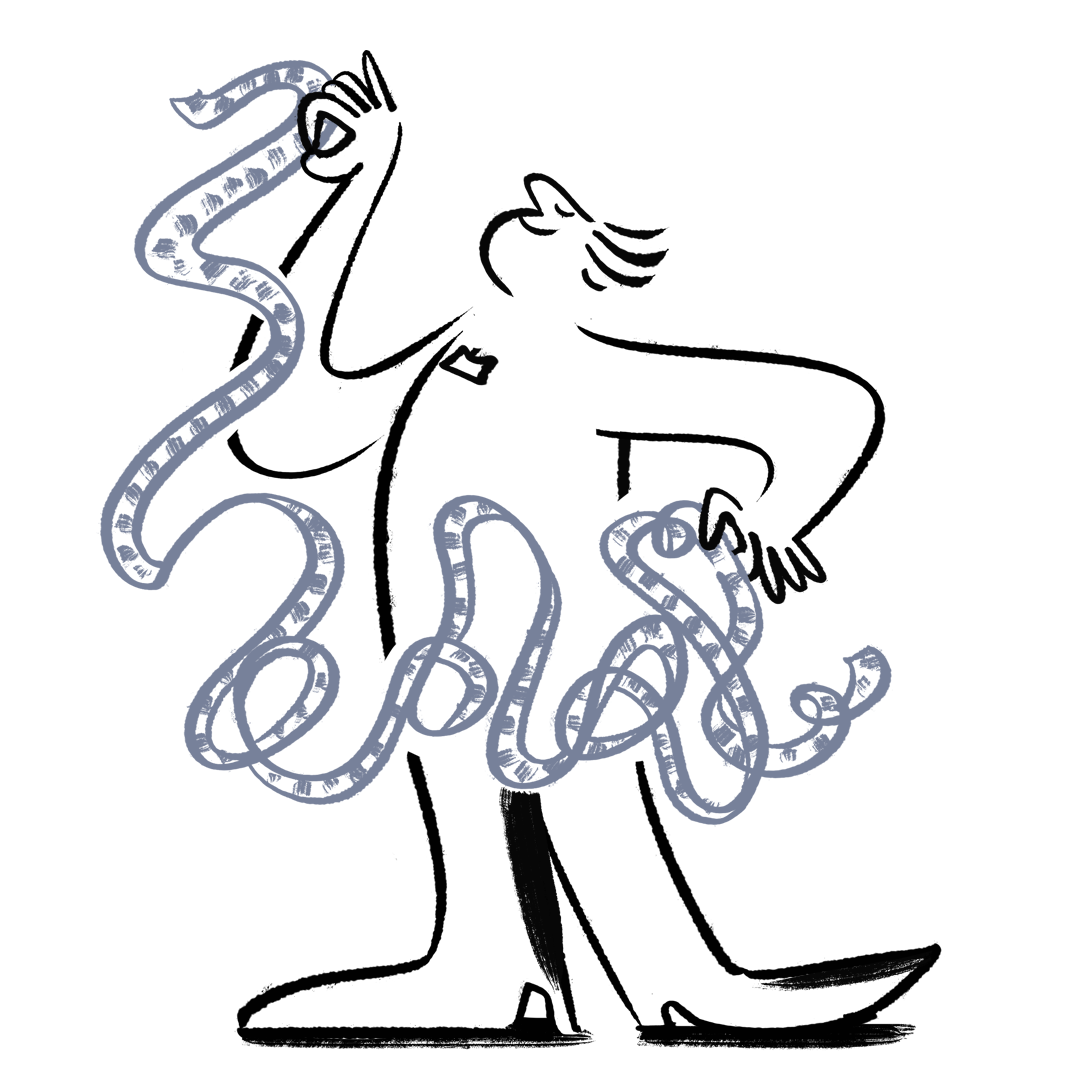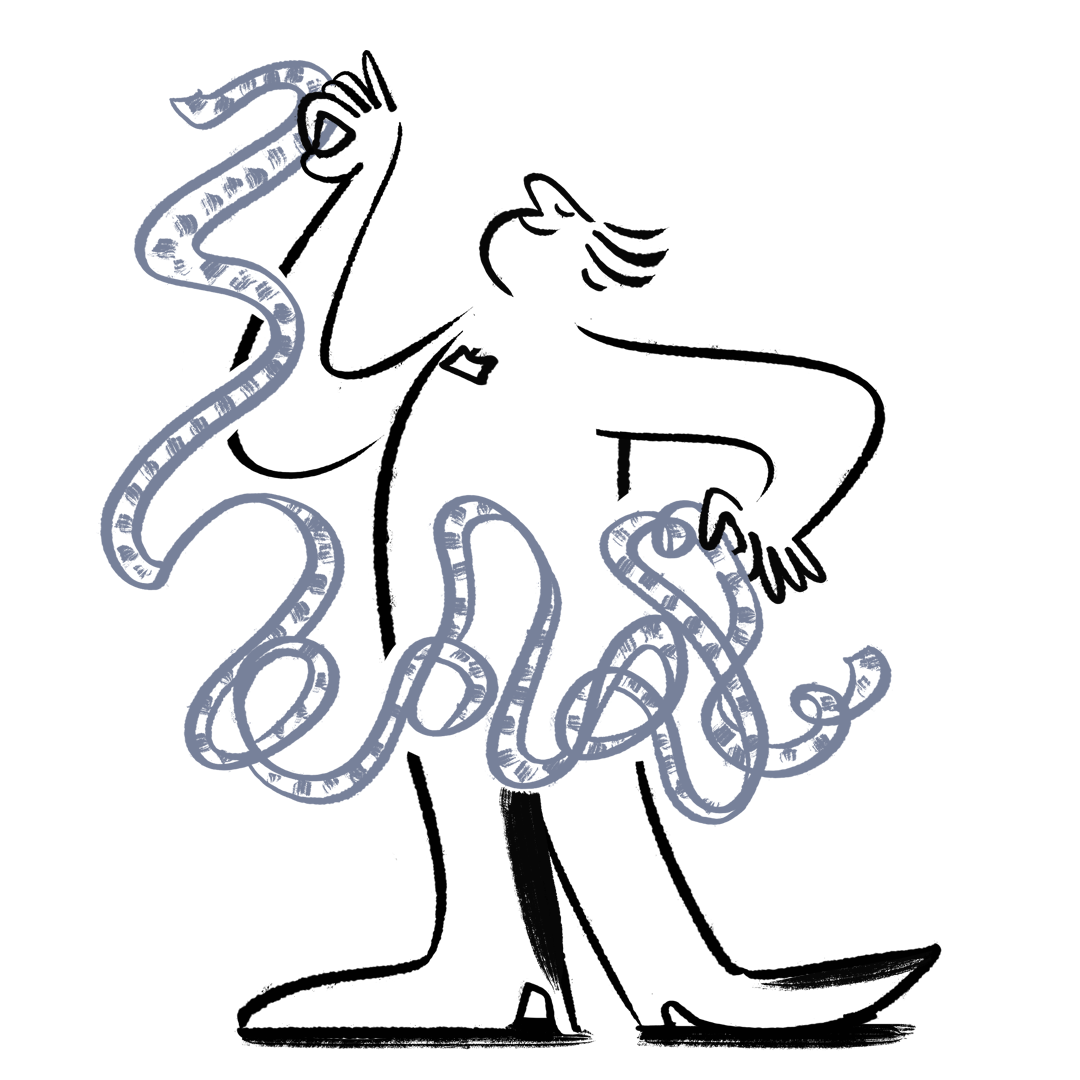Visualize a wider world
14
USA PROTEST ISRAEL GAZA CONFLICT
Pro-Palestinian college students demonstrate at GWU university
26.4.2024 by SHAWN THEW
5
UKRAINE RUSSIA CONFLICT
Russian airstrike leaves at least four people injured the Kharkiv area
26.4.2024 by SERGEY KOZLOV
14
GERMANY NATO DIPLOMACY
NATO Secretary General Stoltenberg meets German Chancellor Scholz in Berlin
26.4.2024 by CLEMENS BILAN
3
CHINA USA DIPLOMACY
Chinese President Xi Jinping meets US Secretary of State Blinken in Beijing
26.4.2024 by XINHUA / SHEN HONG
162
USA NEW YORK TRUMP HEARING
Former US president Trump's hush money criminal trial continues in New York City
26.4.2024 by CURTIS MEANS / POOL
20
MIDEAST ISRAEL PALESTINIANS GAZA CONFLICT
Internally displaced Palestinians spend their time at the beach west of Deir Al Balah
26.4.2024 by MOHAMMED SABER
40
YEMEN HOUTHIS USA ISRAEL CONFLICT
Houthis protest against the US and Israel in Sana'a
26.4.2024 by YAHYA ARHAB
5
PHILIPPINES PROTEST
Protest in Manila against the ongoing US-Philippines military exercises
26.4.2024 by FRANCIS R. MALASIG
Friday 26 April
26 Apr
12H57
Athens
Sports
published
Handover ceremony of the Olympic Flame in Athens for the Paris 2024 Olympic Games
Greece
Our solutions
Choose your perfect plan, pack, or professional.
Picture packs
Basic licenses for digital editorial purposes
Save money with our
Pre-Paid Packages.
Video packs
Basic licenses for digital editorial purposes
Save money with our
Pre-Paid Packages.
Book a Professional
Access our global network of professionals
Ask for a quote
Billed per project
Curated collections
Check out EPA's latest curated collections



